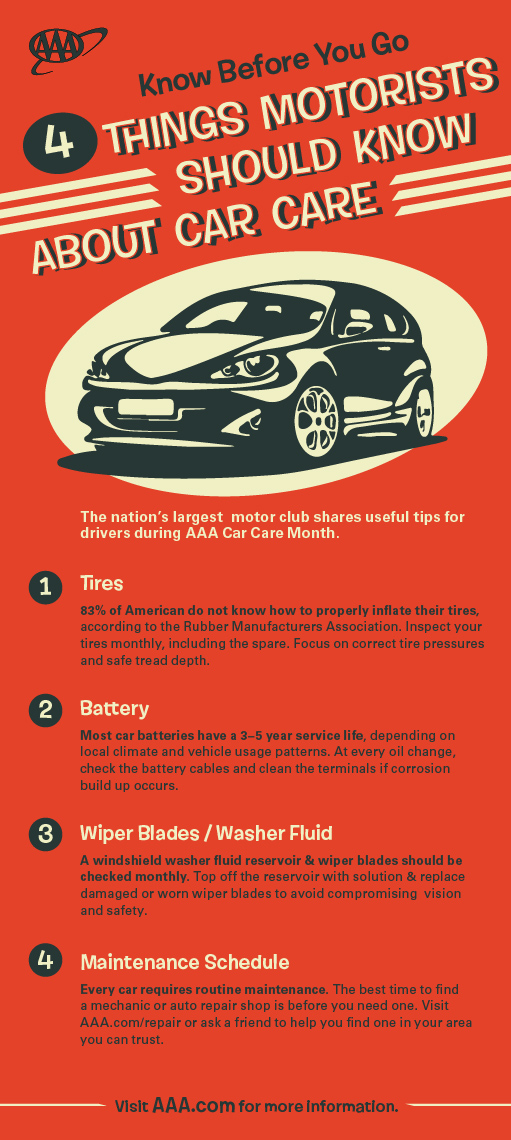Open The Hood To Identify Typical Brake System Obstacles And Their Treatments
Open The Hood To Identify Typical Brake System Obstacles And Their Treatments
Blog Article
Web Content Develop By-Hinrichsen Ross
When it pertains to your car's brake system, comprehending typical issues can save you from prospective security hazards. From recognizing brake pad wear to addressing brake liquid leaks, knowing exactly how to tackle these issues is vital. But what regarding those spongy brake pedals? There's a fix for that too. Stay tuned to find out more regarding these problems and the sensible remedies that can maintain you securely when traveling.
Brake Pad Use and Replacement
When it concerns maintaining your automobile's brake system, one essential element to keep an eye on is the wear and replacement of brake pads. Brake pads are necessary components that press against the brake rotors to slow down or quit your vehicle. Over time, these pads wear down because of rubbing, requiring regular evaluation and substitute to ensure your brakes work effectively.
To figure out if your brake pads require substitute, pay attention for screeching or grinding noises when you use the brakes. Additionally, if https://www.carandbike.com/news/5-tips-for-first-time-car-buyers-2870454 takes longer to quit or you observe vibrations or pulsations when braking, it may be time to change the brake pads.
Disregarding used brake pads can bring about lowered braking efficiency, damages to various other brake components, and even brake failing.
Changing brake pads is a fairly straightforward process for numerous cars. However, if you're not sure or awkward executing this task, it's finest to get in touch with an expert mechanic to ensure appropriate setup and optimum brake performance.
Frequently checking and replacing brake pads is important for your safety and the longevity of your car's braking system.
Brake Liquid Leaks and Maintenance
To ensure your vehicle's brake system operates efficiently, it is necessary to also focus on brake fluid leakages and maintenance. Brake liquid is vital for transmitting the force from your foot on the brake pedal to the actual braking system. One usual problem with brake fluid is leaks, which can occur because of deteriorated brake lines, seals, or links. If you discover a pool or trickles under your car, it's vital to address the leakage immediately to avoid a potential brake failure.
Routinely checking your brake liquid degree is key to maintaining your brake system. Reduced brake liquid can result in air getting in the brake lines, which compromises stopping performance.
Additionally, old or contaminated brake liquid can influence the general effectiveness of your brakes. It's advised to follow the producer's guidelines on when to change the brake liquid, typically every 2 years.
Spongy Brake Pedal: Bleeding Brakes
If you've ever before experienced a squishy brake pedal while driving, you comprehend the relevance of keeping a firm and receptive braking system. One usual cause of a mushy brake pedal is air trapped in the brake lines. When air goes into the brake system, it can result in a loss of hydraulic stress, leading to that upsetting squishy sensation when you push the brake pedal.
To fix this concern, hemorrhaging the brakes is needed. Hemorrhaging the brakes involves getting rid of the air from the brake lines to restore correct hydraulic stress.
To hemorrhage the brakes, you'll need a helper to aid you. Begin by situating the brake bleeder valve on each wheel, typically found near the brake caliper. With a wrench, loosen the valve and have your helper press the brake pedal while you observe any kind of air bubbles coming out. Repeat this process for each wheel, starting from the wheel farthest from the master cyndrical tube and relocating closer.
As soon as you no longer see air bubbles and only clear liquid emerges, tighten the valve and top up the brake fluid reservoir as needed. Hemorrhaging vehicle safety inspection make certain a company brake pedal and improves overall stopping efficiency.
Conclusion
Now that you comprehend common brake issues and just how to repair them, you can ensure your vehicle's safety and efficiency. Keep in mind to pay attention for warning signs like shrilling sounds or squishy brake pedals, and address them without delay. Routine maintenance and timely substitutes are essential to maintaining your brakes in top condition. Keep positive and conscientious to your brake system to appreciate safe and trusted driving experiences.
